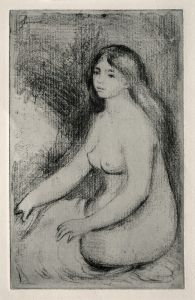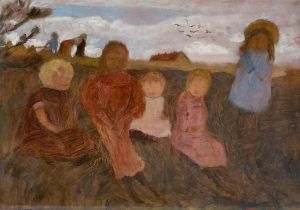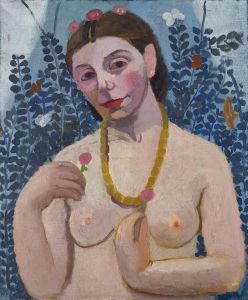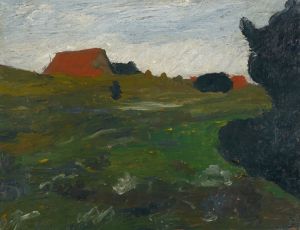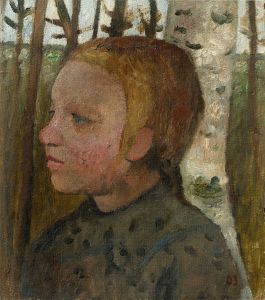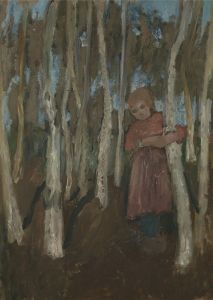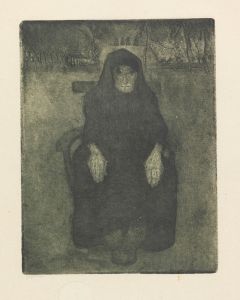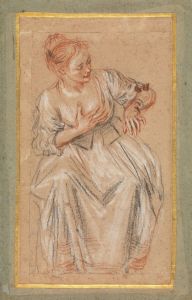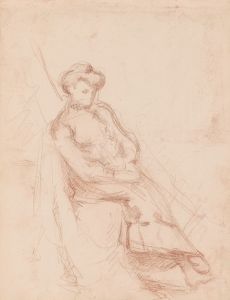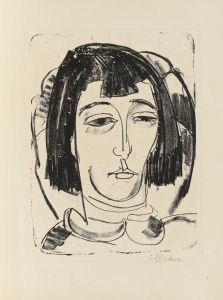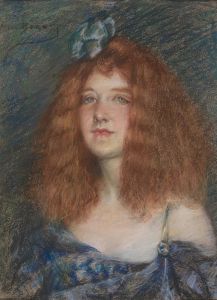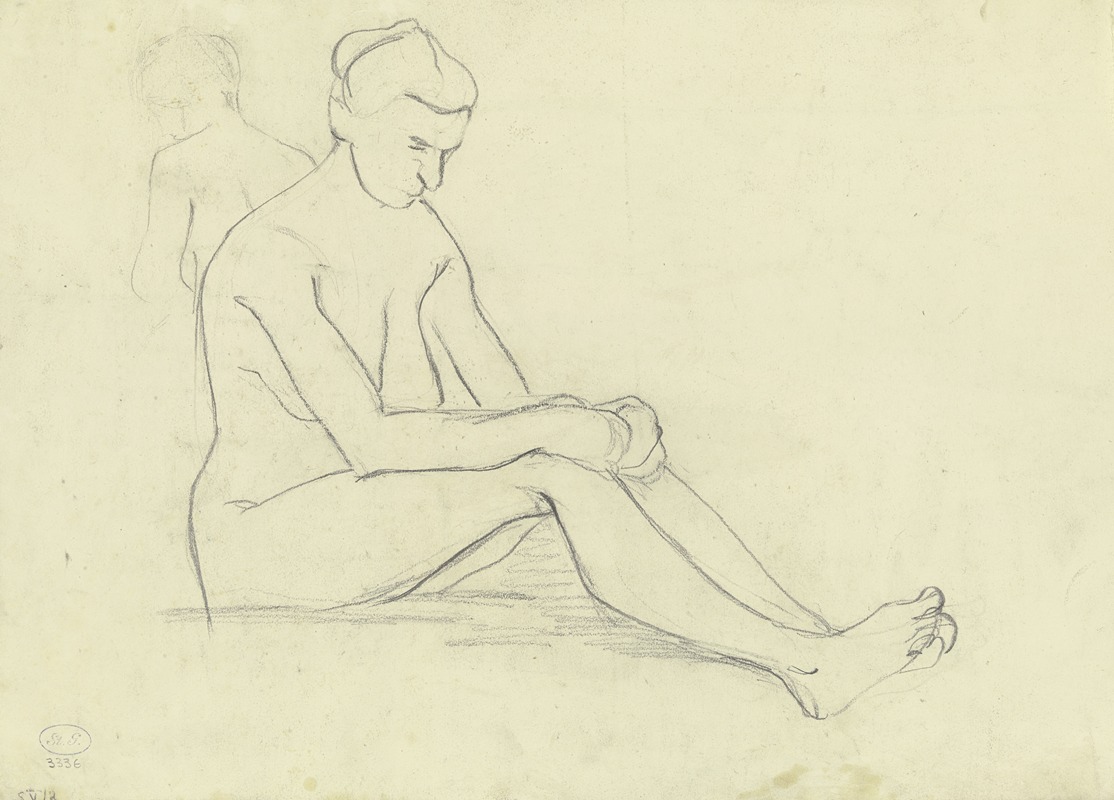
Am Boden sitzender Frauenakt
A hand-painted replica of Paula Modersohn-Becker’s masterpiece Am Boden sitzender Frauenakt, meticulously crafted by professional artists to capture the true essence of the original. Each piece is created with museum-quality canvas and rare mineral pigments, carefully painted by experienced artists with delicate brushstrokes and rich, layered colors to perfectly recreate the texture of the original artwork. Unlike machine-printed reproductions, this hand-painted version brings the painting to life, infused with the artist’s emotions and skill in every stroke. Whether for personal collection or home decoration, it instantly elevates the artistic atmosphere of any space.
Paula Modersohn-Becker was a pioneering German painter and one of the most important figures in early expressionism. Her work, "Am Boden sitzender Frauenakt" (Seated Female Nude on the Ground), is a testament to her innovative approach to the depiction of the human form and her contribution to modern art.
Modersohn-Becker was born on February 8, 1876, in Dresden, Germany. She studied art in Bremen and later in Berlin, but it was her time in Paris that profoundly influenced her artistic development. In Paris, she was exposed to the works of the Post-Impressionists and other avant-garde artists, which inspired her to develop her unique style characterized by bold forms and a simplified color palette.
"Am Boden sitzender Frauenakt" is one of Modersohn-Becker's many explorations of the female form. Painted in 1906, this work exemplifies her departure from traditional representations of the nude. Unlike the idealized figures common in academic art of the time, Modersohn-Becker's nudes are more naturalistic and introspective. She often depicted women in contemplative poses, emphasizing their individuality and inner life rather than their physical allure.
In "Am Boden sitzender Frauenakt," the subject is portrayed sitting on the ground, a pose that conveys a sense of groundedness and introspection. The painting is notable for its use of earthy tones and the subtle interplay of light and shadow, which highlight the contours of the body without resorting to excessive detail. This approach reflects Modersohn-Becker's interest in the essential forms of her subjects, stripping away unnecessary elements to focus on the core of human experience.
Modersohn-Becker's work was groundbreaking in its time, as she challenged the conventions of both subject matter and style. Her nudes were not merely studies of anatomy but were imbued with a sense of presence and emotion. This was a significant departure from the detached and often objectified portrayal of women in art up to that point.
Tragically, Modersohn-Becker's career was cut short when she died on November 20, 1907, at the age of 31, shortly after giving birth to her daughter. Despite her brief career, she left behind a substantial body of work that has continued to influence artists and captivate audiences. Her paintings, including "Am Boden sitzender Frauenakt," are celebrated for their emotional depth and innovative approach to form and color.
Today, Modersohn-Becker is recognized as a key figure in the transition from traditional to modern art in Germany. Her work is housed in several major collections, including the Paula Modersohn-Becker Museum in Bremen, which was the first museum in the world dedicated to a female painter. Her legacy endures as an artist who broke new ground in the portrayal of women, paving the way for future generations of artists to explore more personal and expressive forms of representation.







